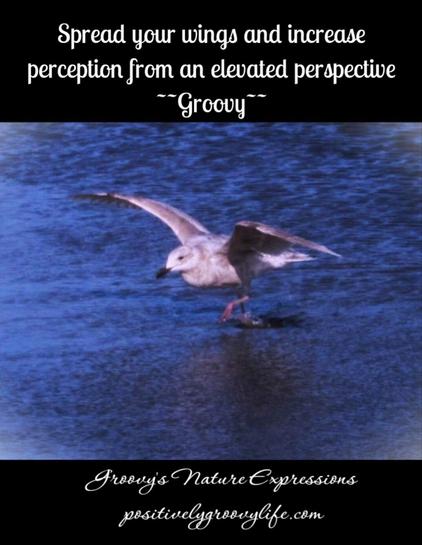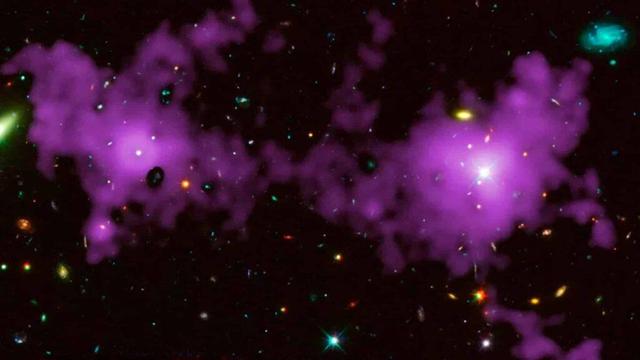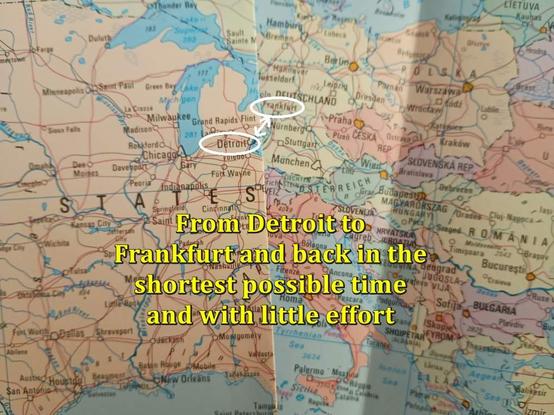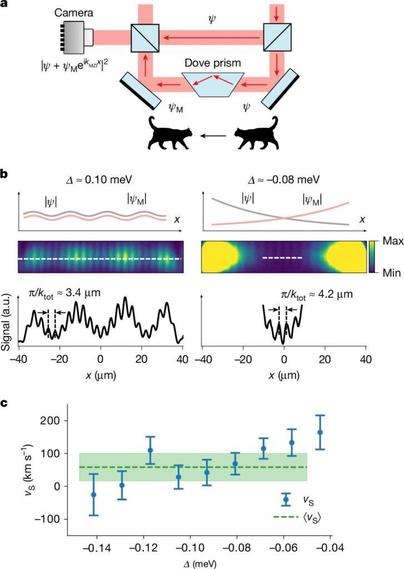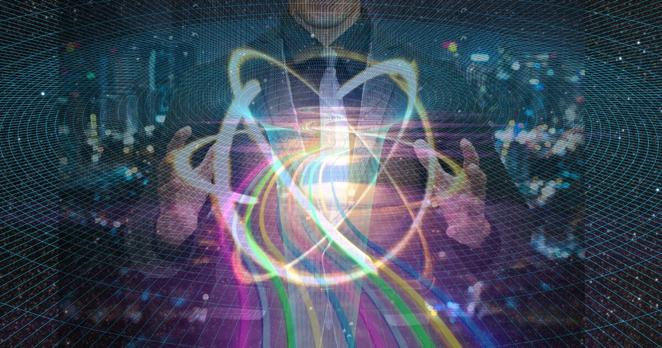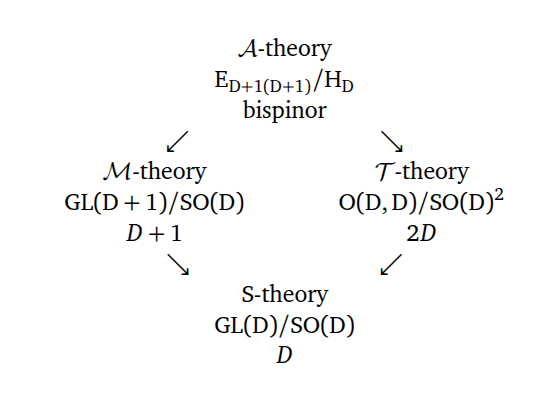Welcome to the Newsmast Physics Channel. A curated feed of posts from the Fediverse, handmade by @newsmast@newmast.social, and broadcasting to Bluesky (if you've opted-in via @bsky.brid.gy)!
To post to the community just add #physics to your post. You can create a list to follow this account, and exclude the posts from your home timeline.
Wondering why you’ve been boosted by this account? Check out this thread: https://newsmast.social/@newsmast/111963831495789541
| Newsmast Foundation Website | https://www.newsmastfoundation.org/ |
